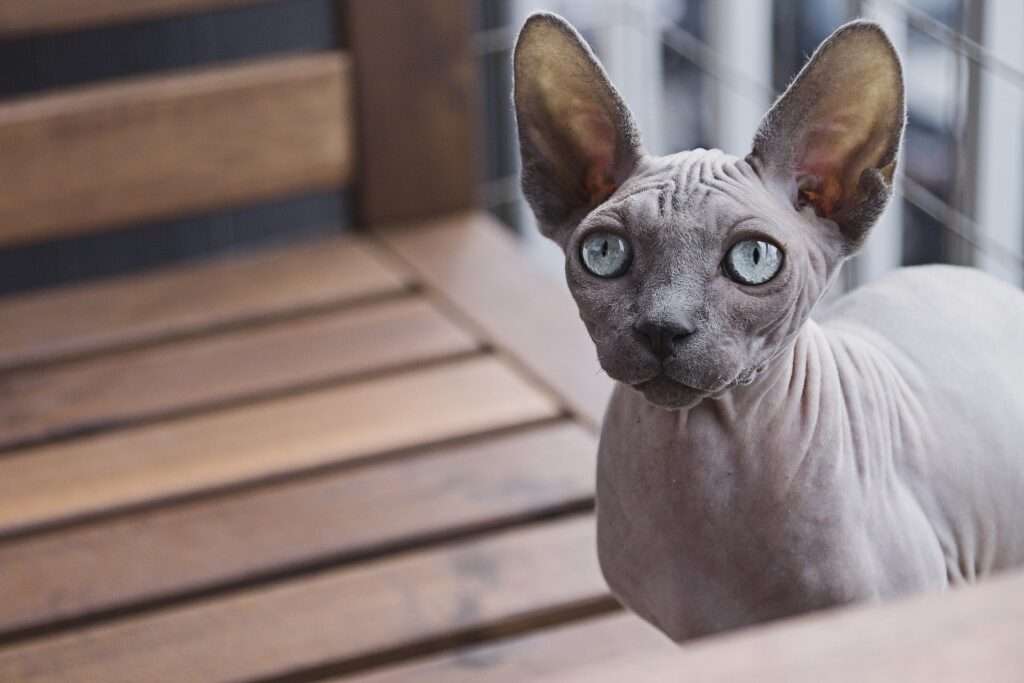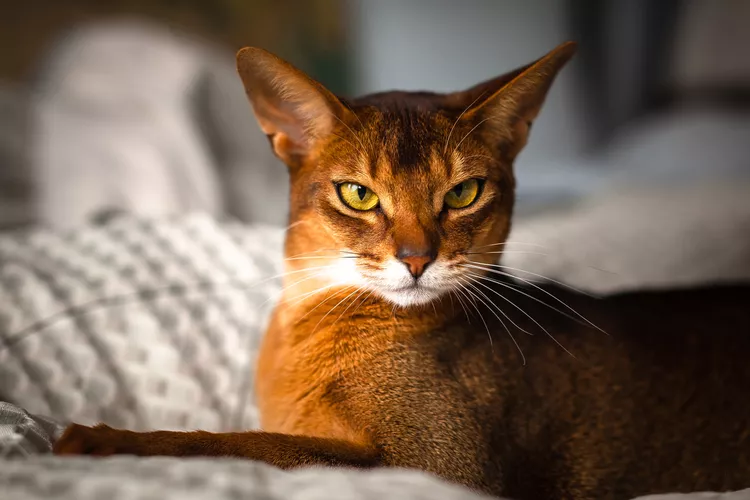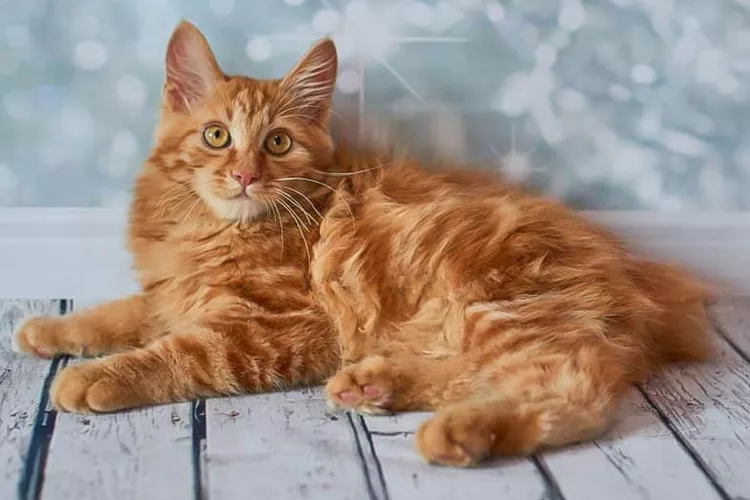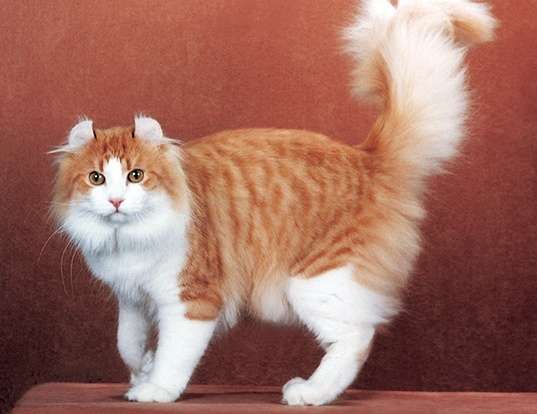
Description
Size: 6-12lbs
The Sphynx cat’s absence of a fur coat is undoubtedly its most remarkable characteristic, although the degree of hairlessness varies, with a few possessing a very fine “peach fuzz” throughout and others having only a thin fuzz over the limbs. The lack of fur allows everyone to clearly see the Sphynx cat’s bone structure and muscle. They have wedge-shaped heads, huge eyes and ears, long legs and tails, and neatly round paws. This cat is incredibly strong, with long, graceful contours and slightly loose skin that develops wrinkles in certain spots.
Behavior
Activity Level: High
Social needs: Like company of humans and other animals
The Sphynx cat is a playful, athletic performer who enjoys displaying her stuff. She has a peculiar sense of humor that frequently contrasts with her serious appearance.
This is a caring and devoted breed that will stick with you throughout the home and attempt to participate in whatever you are doing, taking advantage of any chance to perch on your shoulder or snuggle up on your lap. She is as intellectual and inquisitive as she is lively, which can make her a bit of a headache. The sphynx thrives indoors only for her own protection and typically gets along with kids and other pets.
Origin/History
A domestic shorthair cat in Ontario, Canada, gave birth to a bald kitten named Prune in 1966. She was crossed with a Devon rex in an effort to produce a hairless breed after being identified as having unique genetics.
The progeny of this breeding was formerly known as the Canadian Hairless Cat, but their name was eventually changed to sphynx due to their affinity to cats depicted in Egyptian hieroglyphics.
Care as a Pet

Exercise
Sphynx cats are devoted to their owners and are frequently seen following them about or cuddling with them while wagging their tails. Sphynx cats are natural athletes and lively companions, despite the fact that they would nearly never choose to be cuddling. Sphynx cats are among the most active cats, but they don’t require much exercise.
Although these cats are content to amuse themselves for hours at a time, some might enjoy having a friend. Get two sphynx cats if you spend the majority of the day away from home. Sphynxes get along with other animals, too, so you may feel secure knowing they will be content if you have a dog or another pet at home.
Sphynx cats enjoy playing, jumping, and, if trained, may even learn to fetch. Sphynx cats are intelligent and social animals who take to positive reinforcement training effectively.
Nutrition and Diet
Sphynx cats enjoy eating, as evidenced by their potbellies. Most people will take whatever you give them. However, you should still watch their diet carefully and make sure they don’t put on too much weight.
Because of their rapid metabolism and delicate digestive systems, sphynx cats do best with little meals spaced out throughout the day. This method of serving food keeps cats from becoming disinterested in their meals as well.
It basically comes down to personal preference whether you feed your cat an all-kibble diet, an all-canned diet, or a combination of the two. Many sphynx cat owners choose a raw food diet and tout its many health advantages. Your sphynx needs a diet that is high in protein, moderate in fat, and low in carbohydrates, just like all cats. Additionally, you can give your cat treats that will keep its teeth clean, gums healthy, and help decrease the likelihood of hairballs.
Grooming needs
Although it may seem counterintuitive for a cat with little to no fur to need much care, the sphynx cat requires more maintenance than many other kinds of cats with fur. The sphynx cat’s skin needs to be cleaned frequently to maintain a healthy balance of oils, avoid skin issues, and prevent oil marks on furniture.
Table





